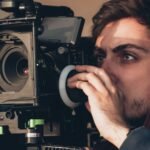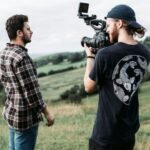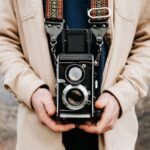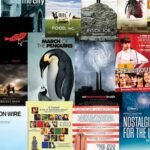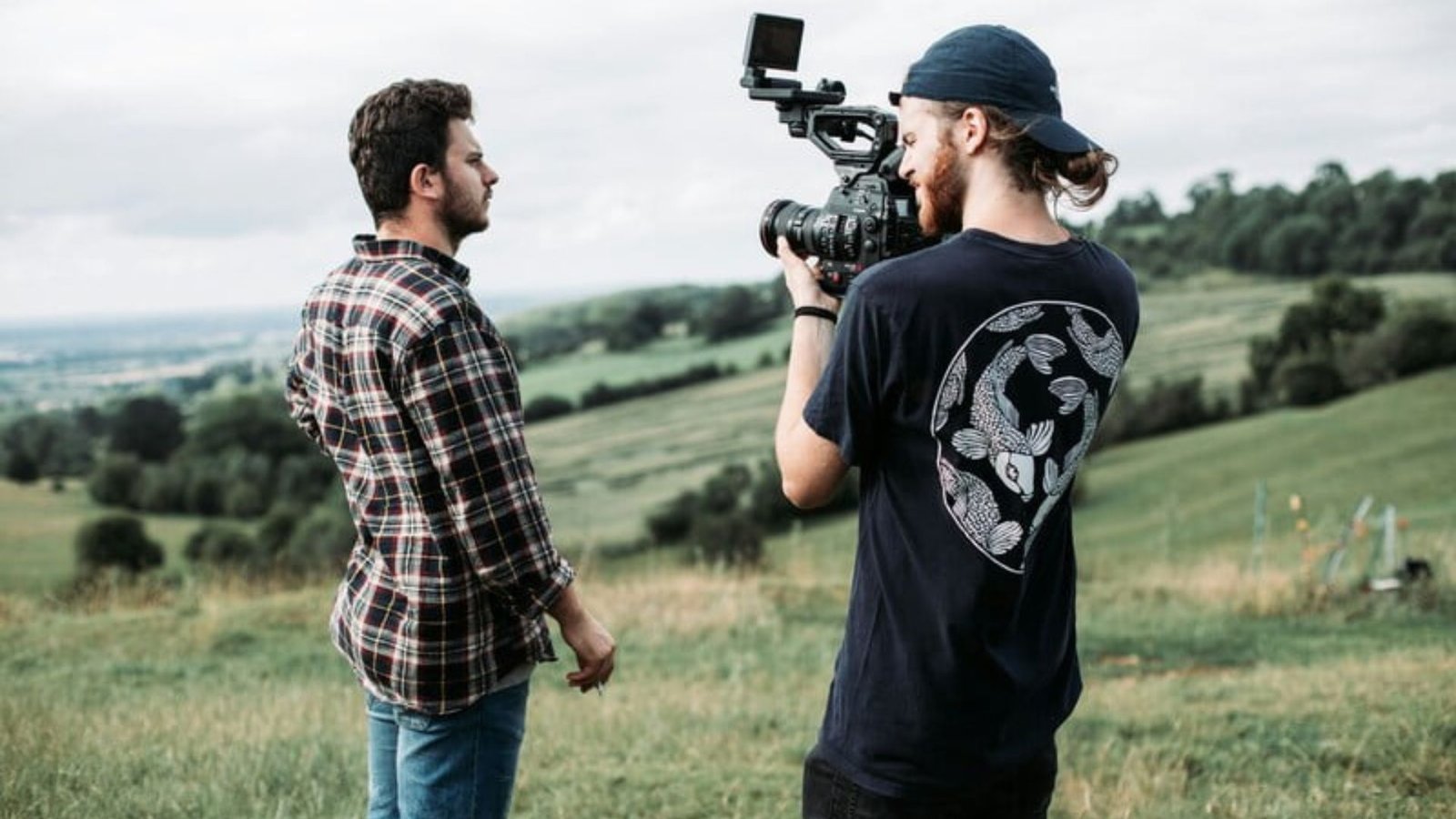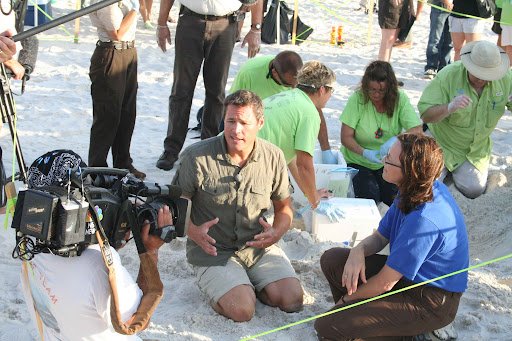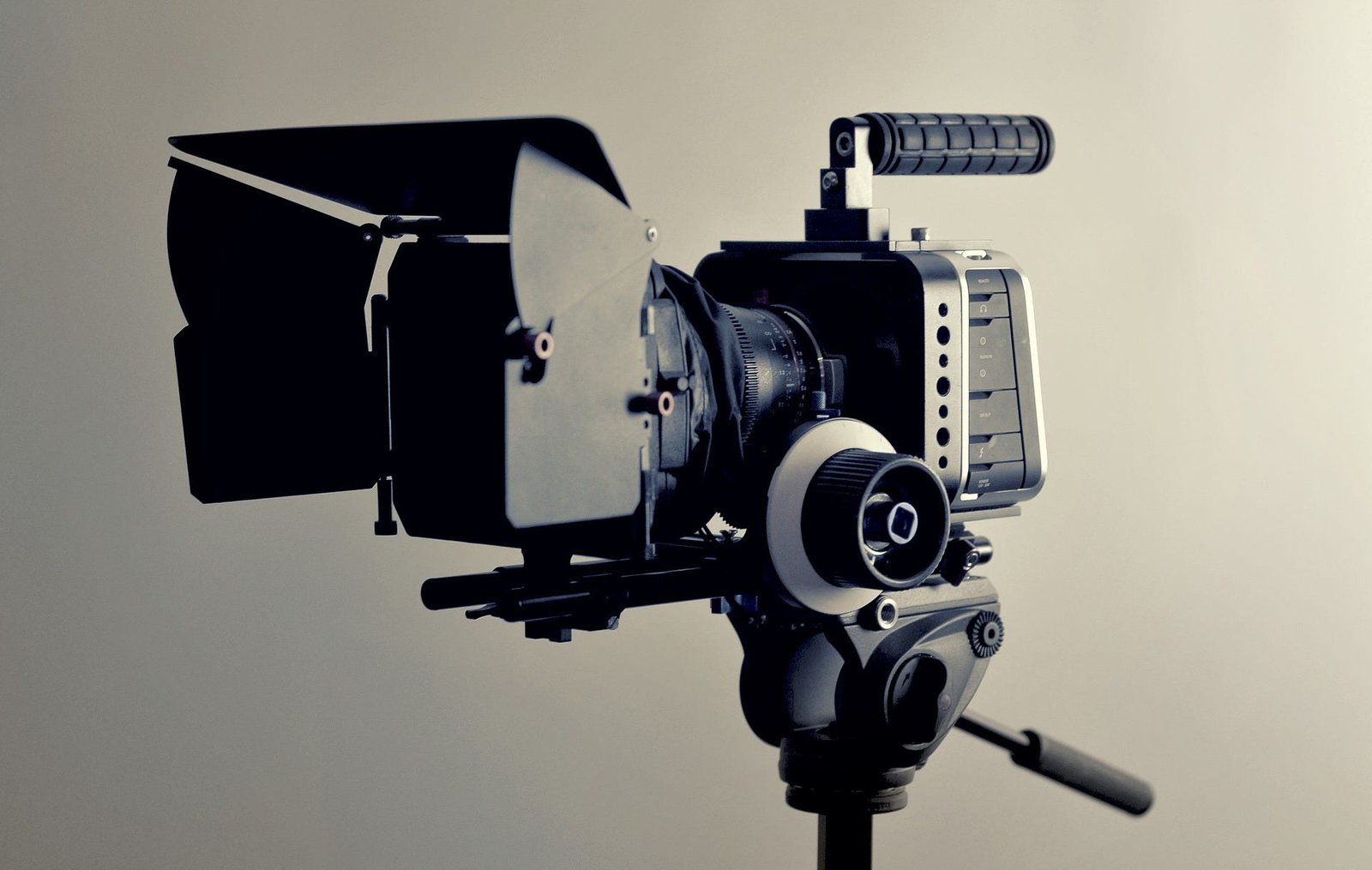The Power of Visuals in Documentaries
Visual storytelling in documentaries is more than simply capturing events as they unfold. It involves the careful selection and arrangement of images to guide the viewer’s emotions and understanding. Every shot, angle, and moment is chosen to serve a specific purpose in telling the story.
One of the most significant strengths of visual storytelling in documentaries is its ability to show rather than tell. A powerful image can often convey more meaning than words ever could. For instance, a simple shot of a child in a refugee camp or the stark beauty of an untouched natural landscape can have an immediate emotional impact on the viewer, stirring feelings of empathy, awe, or concern.
Documentaries like Won’t You Be My Neighbor? (2018), which chronicles the life of Fred Rogers, rely on archival footage and intimate moments to tell a story of kindness, empathy, and community. The visual use of vintage television clips, home videos, and personal interviews brings the story to life, allowing the audience to connect emotionally with the subject. The imagery of Rogers interacting with children, coupled with the serene, colorful aesthetic, reinforces the message of warmth and human connection.
Similarly, The Act of Killing (2012) uses disturbing visuals and re-enactments to confront the perpetrators of the Indonesian mass killings of 1965-66. The stark juxtaposition of these individuals calmly recounting their crimes while re-enacting them for the camera creates an unsettling visual narrative that leaves a lasting impression on the viewer.
The Role of Cinematography in Visual Storytelling
Cinematography is one of the most powerful tools in a documentary filmmaker’s arsenal. It involves the artful use of camera angles, lighting, and framing to enhance the narrative and immerse the audience in the story. Cinematography can set the tone of the documentary, control pacing, and emphasize certain elements of the narrative.
In Citizenfour (2014), for example, the cinematography plays a crucial role in capturing the tension and uncertainty of Edward Snowden’s whistleblowing. The intimate, close-up shots of Snowden during interviews convey a sense of vulnerability and risk, drawing the viewer into the emotional weight of the story. The dim lighting and muted color palette add to the film’s somber tone, emphasizing the gravity of the situation.
The use of contrast and visual motifs also enhances storytelling. In Free Solo (2018), the documentary about rock climber Alex Honnold’s attempt to scale El Capitan without ropes, the cinematography takes full advantage of the breathtaking natural landscapes. The expansive wide shots of the cliffs contrast with the tight, almost claustrophobic close-ups of Honnold’s hands and face, creating a sense of isolation and heightening the tension of the climb. These visual techniques convey the physical and emotional challenges of the endeavor without needing extensive narration.

Composition and Framing in Documentary Filmmaking
Composition refers to how elements are arranged within the frame, and it plays a significant role in shaping the viewer’s perception of the story. In documentaries, the framing of a shot can provide context, highlight specific details, and evoke emotions.
For instance, The Cove (2009), a documentary exposing the dolphin hunting practices in Japan, uses composition to create a sense of urgency and helplessness. Many of the film’s shots are framed to show the dolphins in captivity, their bodies confined in small, barren tanks. The stark contrast between the beautiful ocean backdrop and the narrow enclosures of the dolphins emphasizes the cruelty of their treatment, making a powerful visual statement.
Additionally, filmmakers often use framing to control the flow of information, withholding certain details to create suspense or surprise. In 13th (2016), which explores the history of racial inequality and mass incarceration in the United States, director Ava DuVernay uses composition to emphasize the emotional weight of interviews and archival footage. Framing the subjects of interviews with intense, focused shots allows their words to resonate more deeply, while shots of historical footage are often presented in a way that highlights the systemic nature of the issues.
Using Symbolism in Documentary Visuals
Symbolism in visual storytelling is a powerful tool for conveying deeper meanings or themes. Filmmakers often incorporate visual symbols or metaphors to communicate abstract ideas, adding layers of complexity to the narrative.
In The Look of Silence (2014), director Joshua Oppenheimer uses subtle yet effective symbolism to explore the trauma of the Indonesian genocide. One of the recurring symbols in the film is the blood-red fish that appear throughout the footage, representing both the violence of the past and the enduring scars of memory. These subtle visual elements add emotional depth to the film, allowing the viewer to engage with the themes on a visceral level.
Another example is The Square (2013), which documents the Egyptian revolution. The filmmaker uses the image of the square itself as a symbol of freedom, revolution, and unity. The recurring imagery of protesters gathering in Tahrir Square, juxtaposed with moments of violence and repression, visually represents the ongoing struggle for democracy and the power of collective action.
The Impact of Editing and Pacing on Visual Storytelling
While the cinematography and composition are vital for creating engaging visuals, the way these visuals are edited together also plays a crucial role in storytelling. The pacing of a documentary can significantly influence how the audience experiences the narrative and engages with the visuals.
In Jiro Dreams of Sushi (2011), the editing rhythm enhances the meditative quality of the film. The shots of Jiro Ono preparing sushi are slow and deliberate, allowing the viewer to appreciate the artistry and precision behind each movement. The pacing, coupled with the serene visuals, invites the audience to reflect on the dedication and discipline that defines Jiro’s life.
In contrast, 13th uses fast-paced editing and archival footage to drive home the urgency of the issues at hand. The rapid-fire montage of historical events, juxtaposed with present-day footage, creates a sense of immediacy, making the viewer feel the weight of systemic racism in a more visceral way.
Conclusion
Visual storytelling is the heartbeat of documentary filmmaking. Through thoughtful cinematography, composition, symbolism, and editing, filmmakers craft compelling narratives that not only inform but also inspire emotional responses and drive change. Documentaries have the power to shine a light on important issues, make complex topics accessible, and give voice to the marginalized. By mastering the art of visual storytelling, documentary filmmakers can create experiences that resonate with audiences long after the credits roll. Whether it’s through breathtaking landscapes or intimate moments, the images captured in a documentary have the power to change the world.



